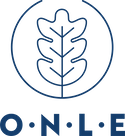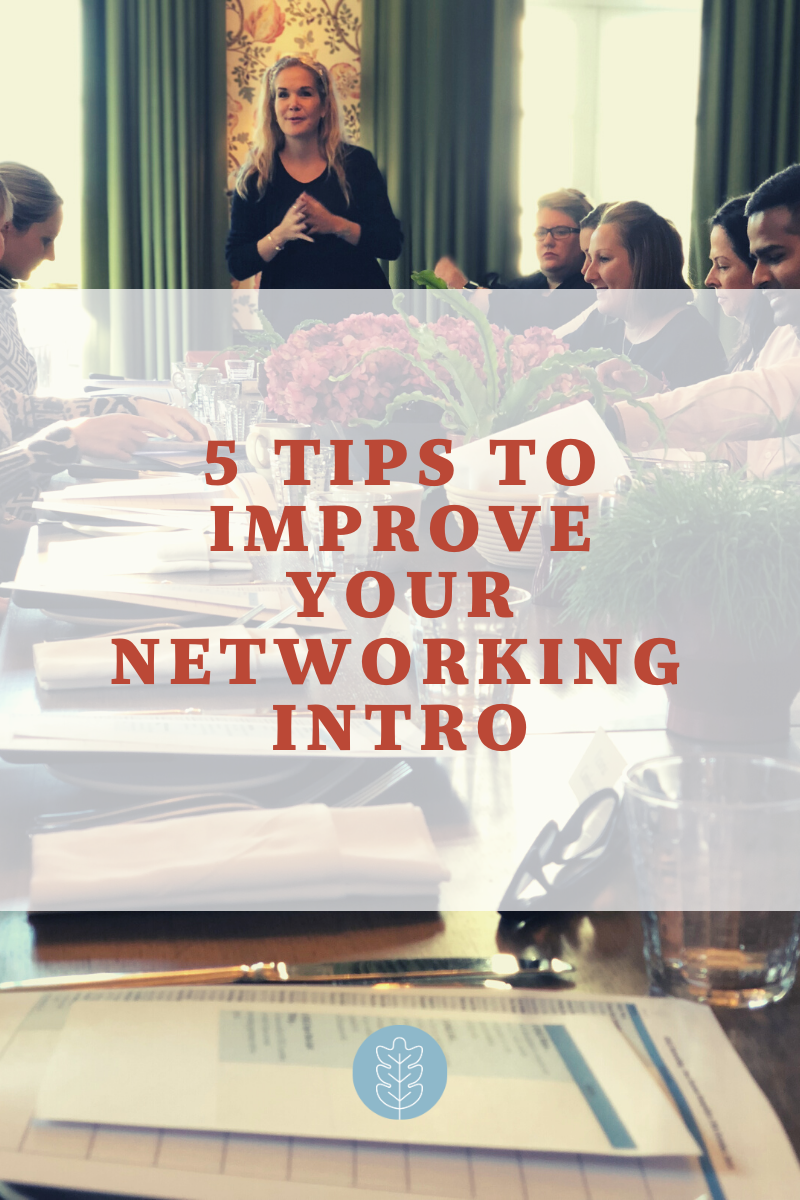How to introduce yourself at networking events
Your introduction sets the tone for your business networking experience. But the importance of your networking intro is partly the reason why so many people get it wrong. Here are five tips gleaned from our many years of networking to help you make the desired first impression.
It doesn’t matter if you’ve been networking for 10 years or whether it’s your first time out; every time you introduce yourself to a group it is a new opportunity to make connections, offer support and develop your business. When there’s a room full of faces to meet, whether online or in-person, those introductions are often kept short and sweet and intro may be all the time you have to make an impression.
As we run more than 25 networking events each month, you can only imagine the hundreds of introductions that we hear each month. We’ve been humbled, inspired, and even shocked by some of the best, but equally, there are those who are selling themselves short.
Before we begin…
No one is as bothered about your intro as you are. The vast majority of people are equally as nervous - public speaking is one of the most common fears for good reason. Even those confident in what they have to say will have some nerves, so be consoled by the fact you are certainly not alone.
That said, now we’ll look at the five ways you can improve your networking introduction.
#1 Top and Tail
First things first (and last). State your name and the name of your business - once at the beginning and at the very end. You may not necessarily have everyone’s attention in the first few seconds, so if your introduction has gradually piqued someone’s interest, then a simple reminder as you close will make sure the opportunity isn’t lost.
Ever got to the end of someone’s intro and still felt confused about what they actually do? It may sound obvious but do remember to state upfront what your business does. If there is common terminology that will allow people to ‘get it’ straight away, make sure you use it – there’s no sense in reinventing the wheel. And knowing your proposition will also ease the nerves. You don’t have to script it (although feel free to do so if it helps) but being clear in your mind, what you do and can offer to the group, will put you at ease.
#2 Why Choose You?
Your audience is unlikely to be inspired if you simply reel off a long list of the services that you offer. If you’ve been clear enough about your profession in the first place, a lot of that will be taken as a given. For example, most graphic designers will do logos, brochures and digital. Most accountants handle end of year accounts and tax returns.
What they really need to know is what makes you different from every other Tom, Dick, and Harry in the same profession. What makes you memorable? 99 times out of 100 this isn’t to do with the products or services you offer. It may be an aspect of your personal brand and style that is unique to you, or a value-add feature of your service delivery.
#3 Fun Quotes and Anecdotes
Depending on the size of the group, there may well have been a dozen or so introductions before you and that’s a lot of information for the audience to take in. There are plenty of ways to be memorable – an inspiring question or quote, a great anecdote from a customer or a quick tip or update from your industry.
You don’t need to use your chance to speak, cramming in as much information as possible. The goal should be to inspire and intrigue, so listeners feel compelled to ask for the 1:1 to find out more about you. Sometimes the most unforgettable pitches hold little relevance to the speaker’s profession, but they do make you smile, laugh or even cry. Establishing a personal connection is far more important than showing off your credentials.
#4 No Monotone Drone
It’s a truth universally acknowledged that it’s not just what you say, it’s the way you say it. If you feel nervous or read your introduction from cue cards, it can come across as flat and monotone. The best way to overcome this is with practice. The more confident you feel in the words you are saying, the more you can focus on the intonation and rhythm of your speech. So if you have to write your intro, practice it so you’re not just reading out loud.
Even as a seasoned networker, there’s still room for improvement. Your introduction is essentially a mini-performance, so why not take a look at some of the great speakers on TED Talks to see what techniques they use to engage their audiences?
#5 How Can We Help You?
You can deliver the most compelling introduction, but without a clear call to action, your listeners simply won’t know what to do next. Some networking groups like ONLE give you an opportunity to raise your call to action separately to your introduction; for others you just get one shot. The more specific you are, the more likely you are to get a positive response, which is precisely why the ‘I ONLE’ section of our meetings is structured the way it is.
You should also consider varying your call to action, depending on the group or the time. Sometimes you may be promoting something specific such as an event that you are hosting soon, or you may wish to target a specific type of customer. If there is an opportunity to review the attendee list beforehand, make sure you do so and tailor your call to action accordingly.
It’s also important to think of the wider network outside of the room. It isn’t just who you know, but also who they know. If your product or service doesn’t necessarily fit with those in the meeting, ask for an introduction instead of direct business. We’ll be discussing the importance of referrals and third-degree connections in our next blog, so keep an eye out for more tips on how to leverage your extended network.
One last thing…
At networking, listening is more important than speaking. Everyone wants to be heard so make sure you show interest in others. If you smile and respond positively to what others are saying, you make a better impression than those who appear bored or disinterested. Those who disengage when they are not speaking are sending a message: I want you to listen to me, but have no interest in what you have to say.
Listening helps you learn about the networking group and the individuals in it - priceless information when building relationships. And the final advantage of placing listening above speaking in your list of priorities, is that it reduces the pressure when you do speak.
Want to experience an ONLE Networking meeting? Book a meeting to fit your schedule:

